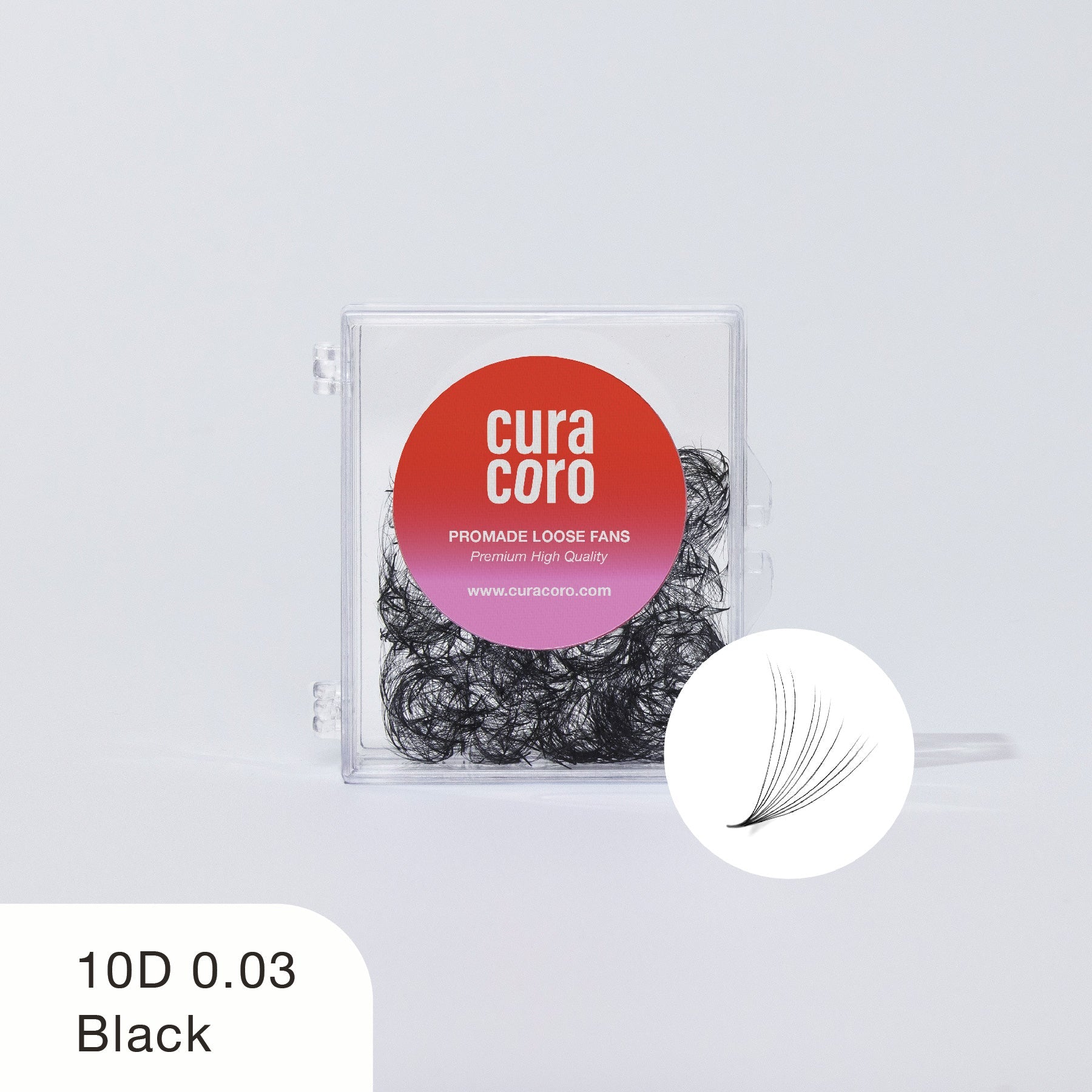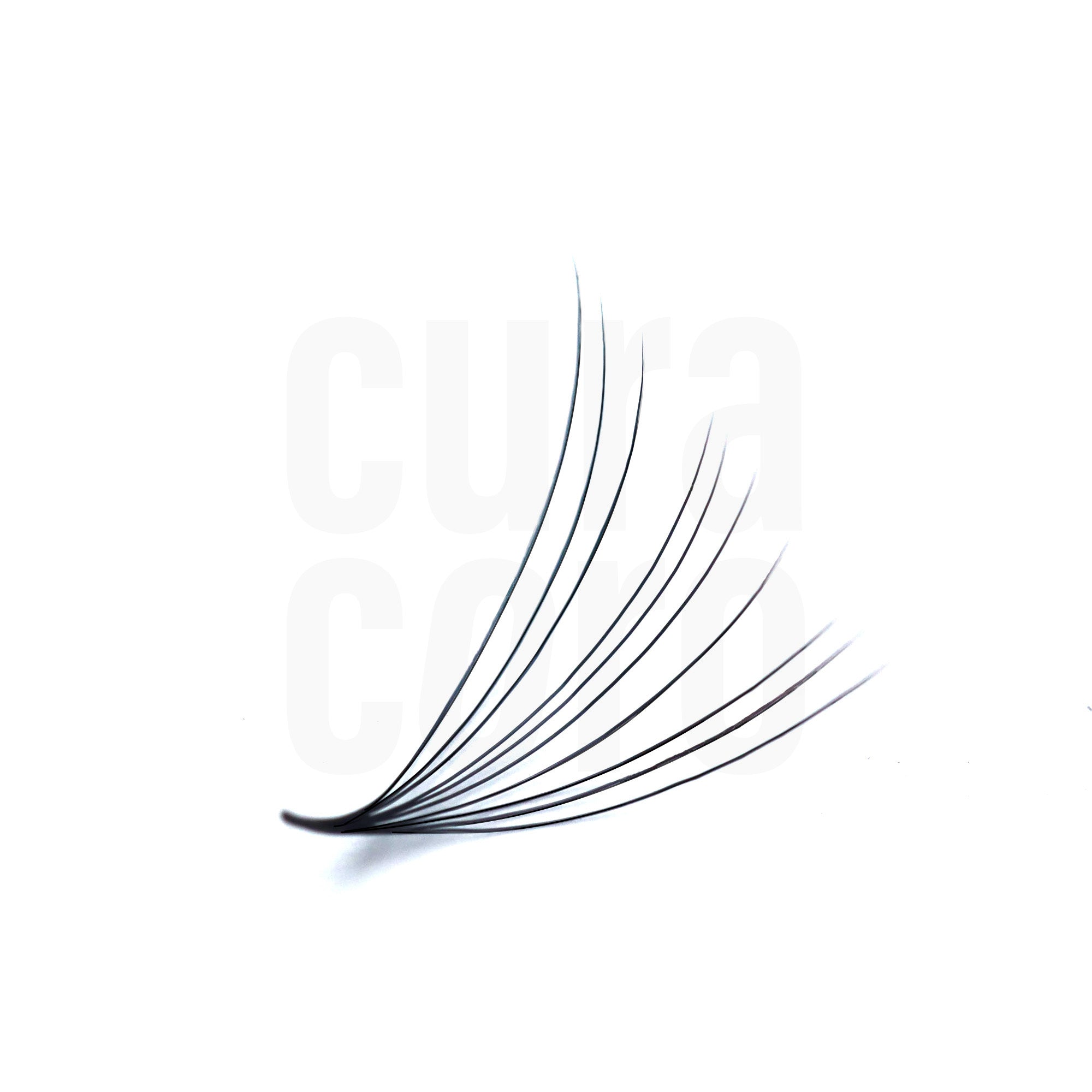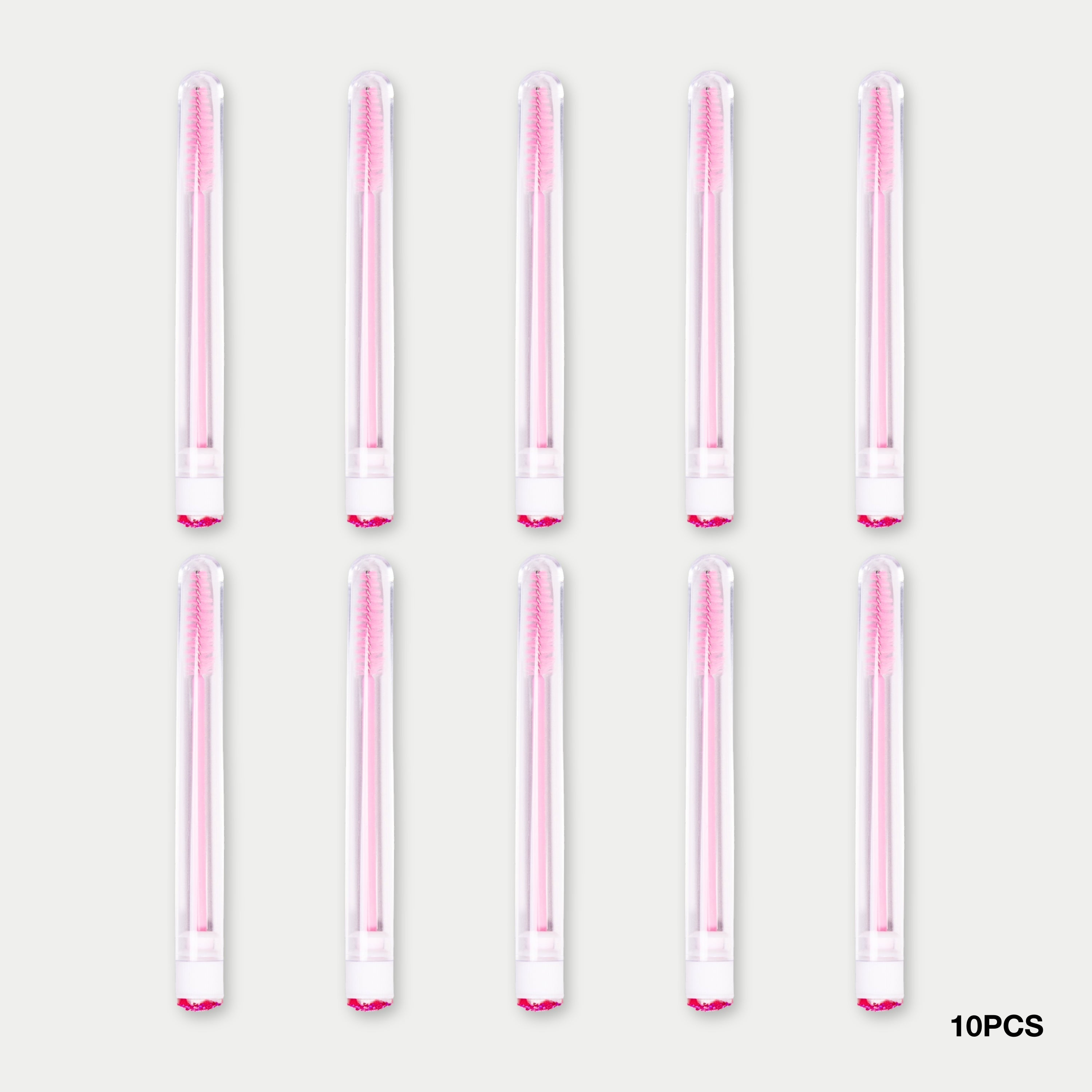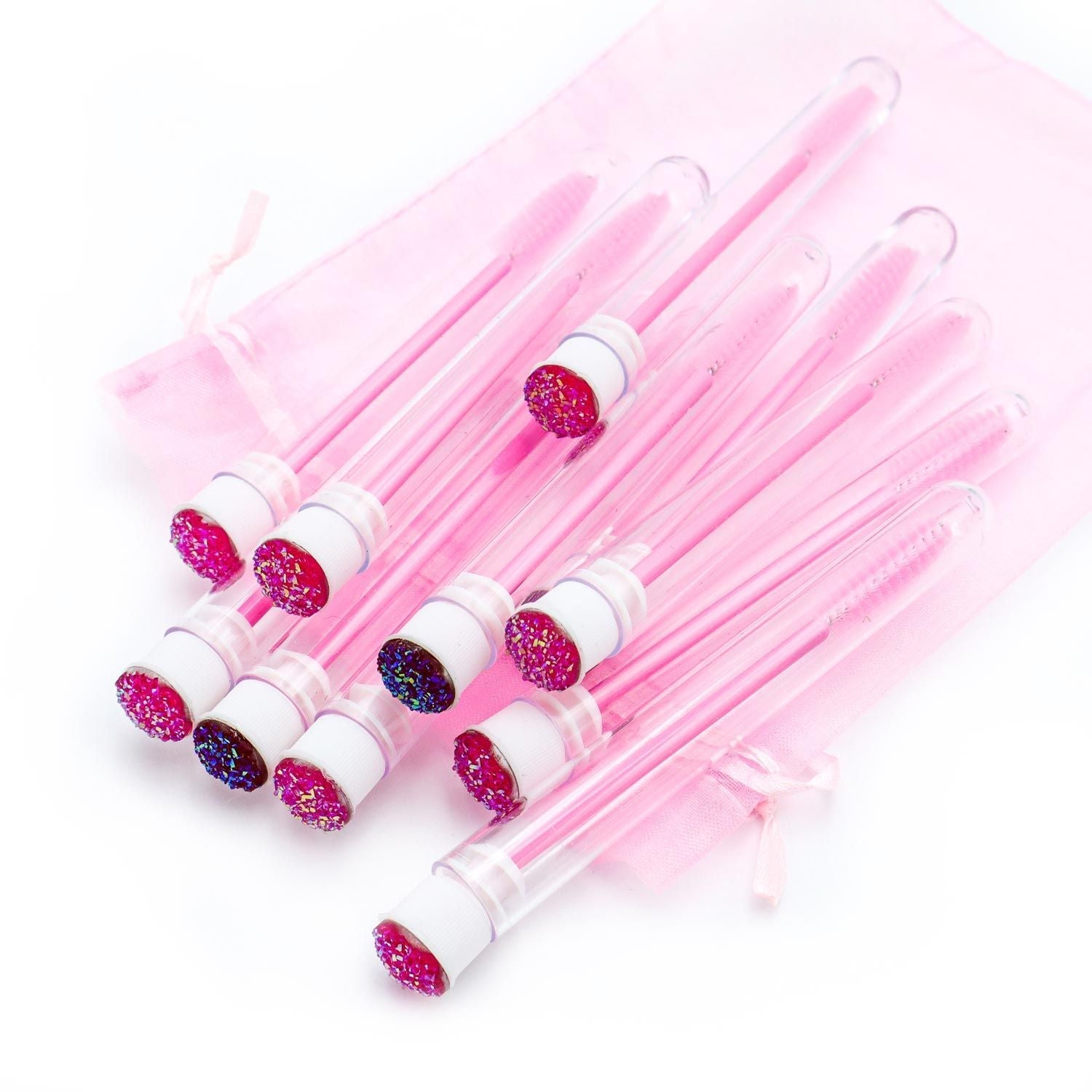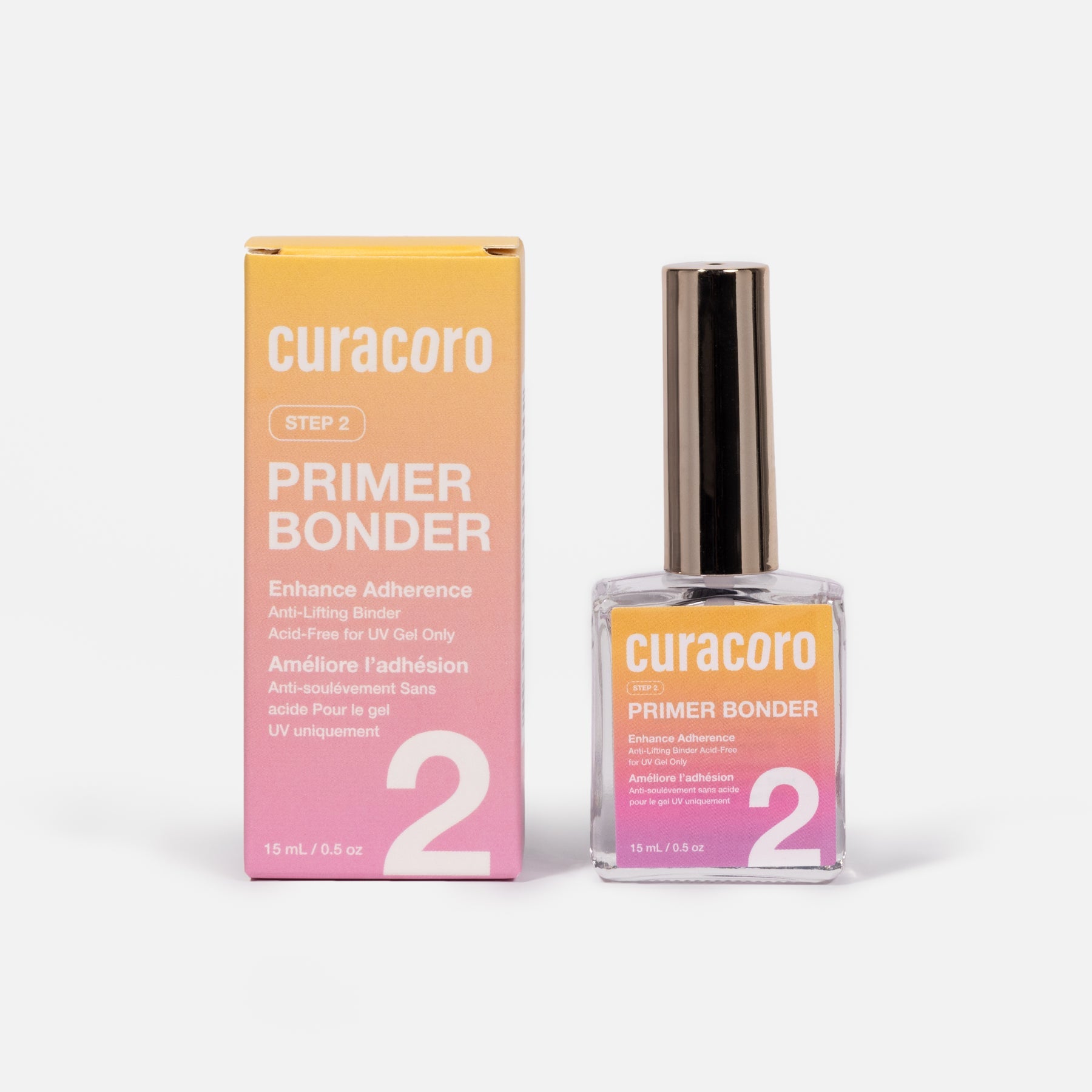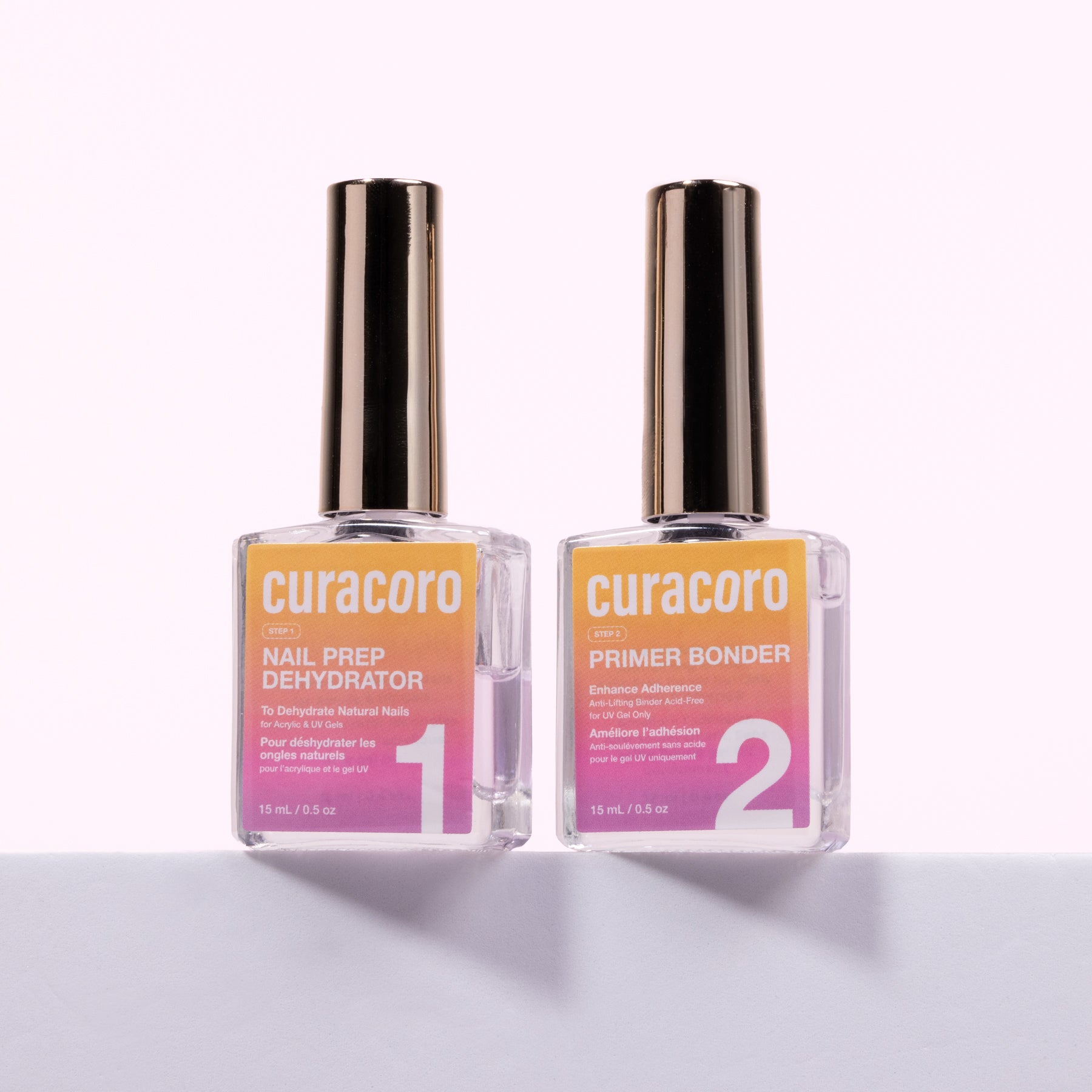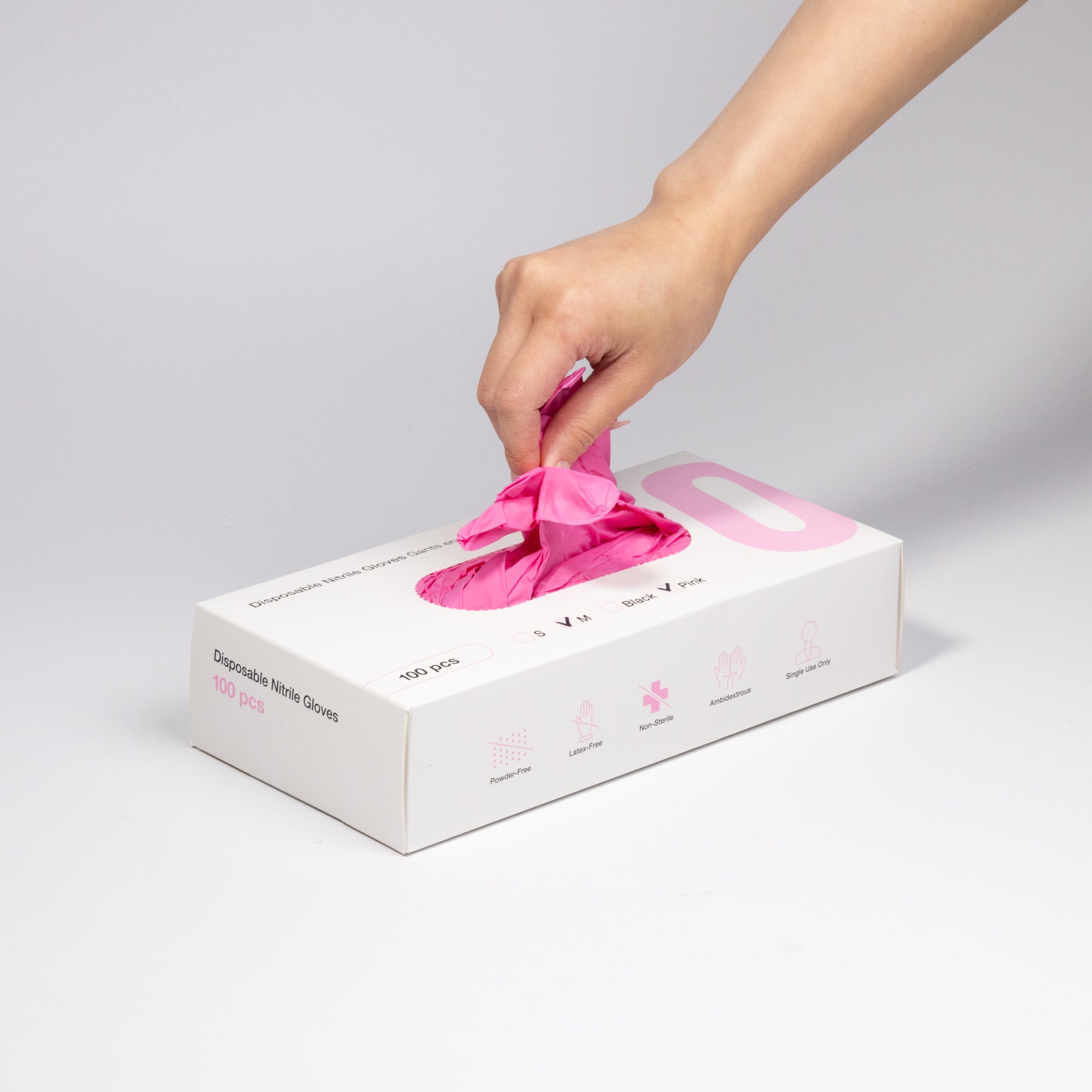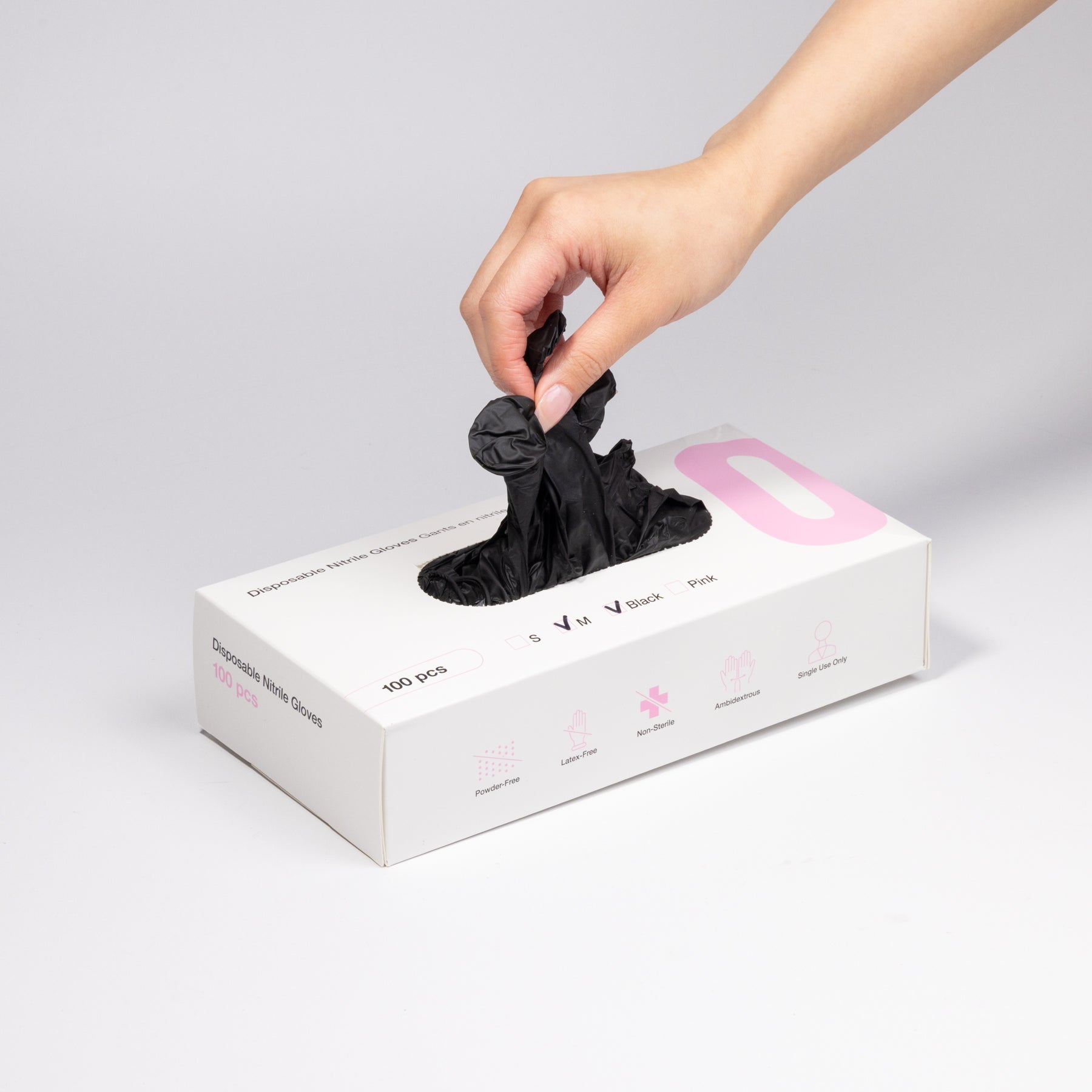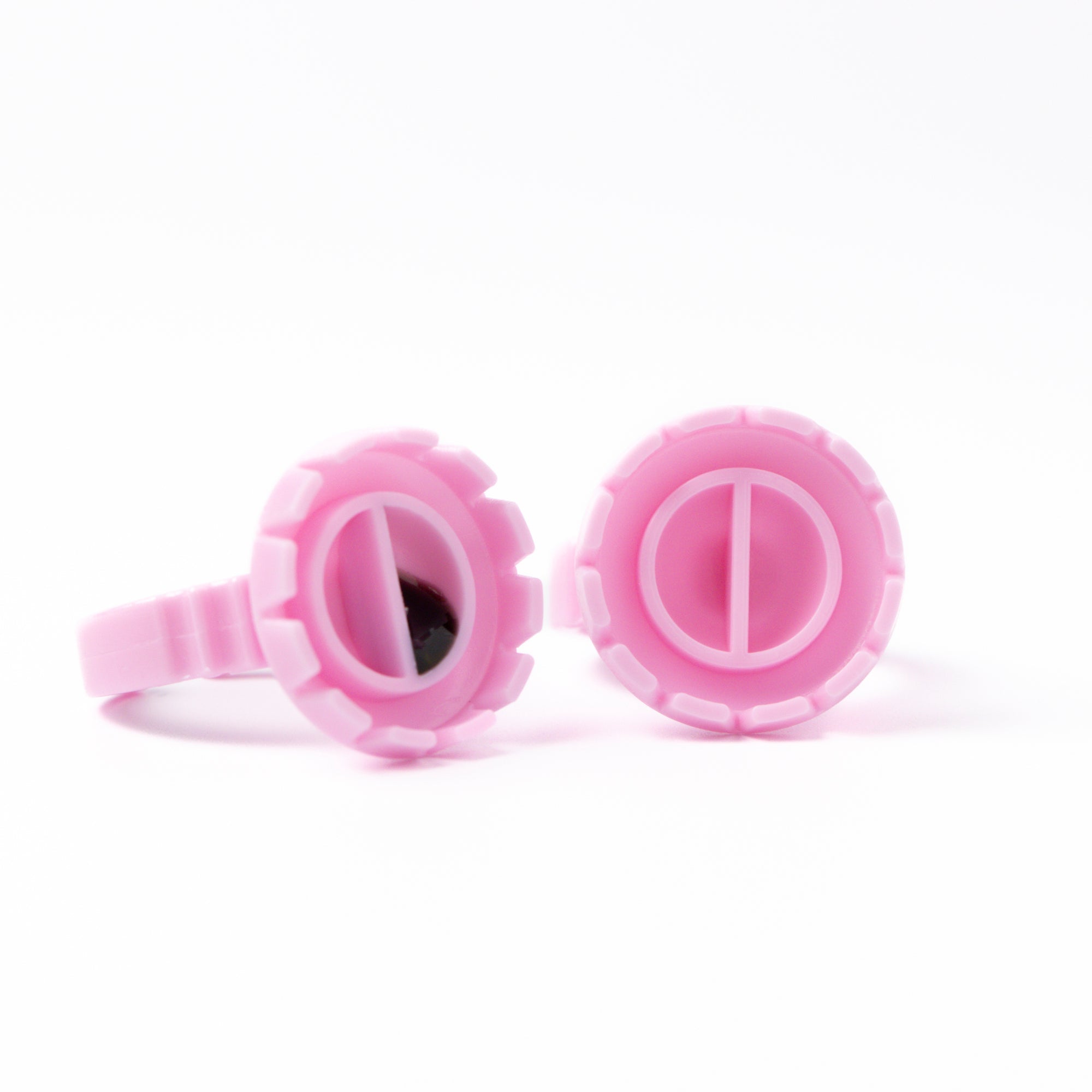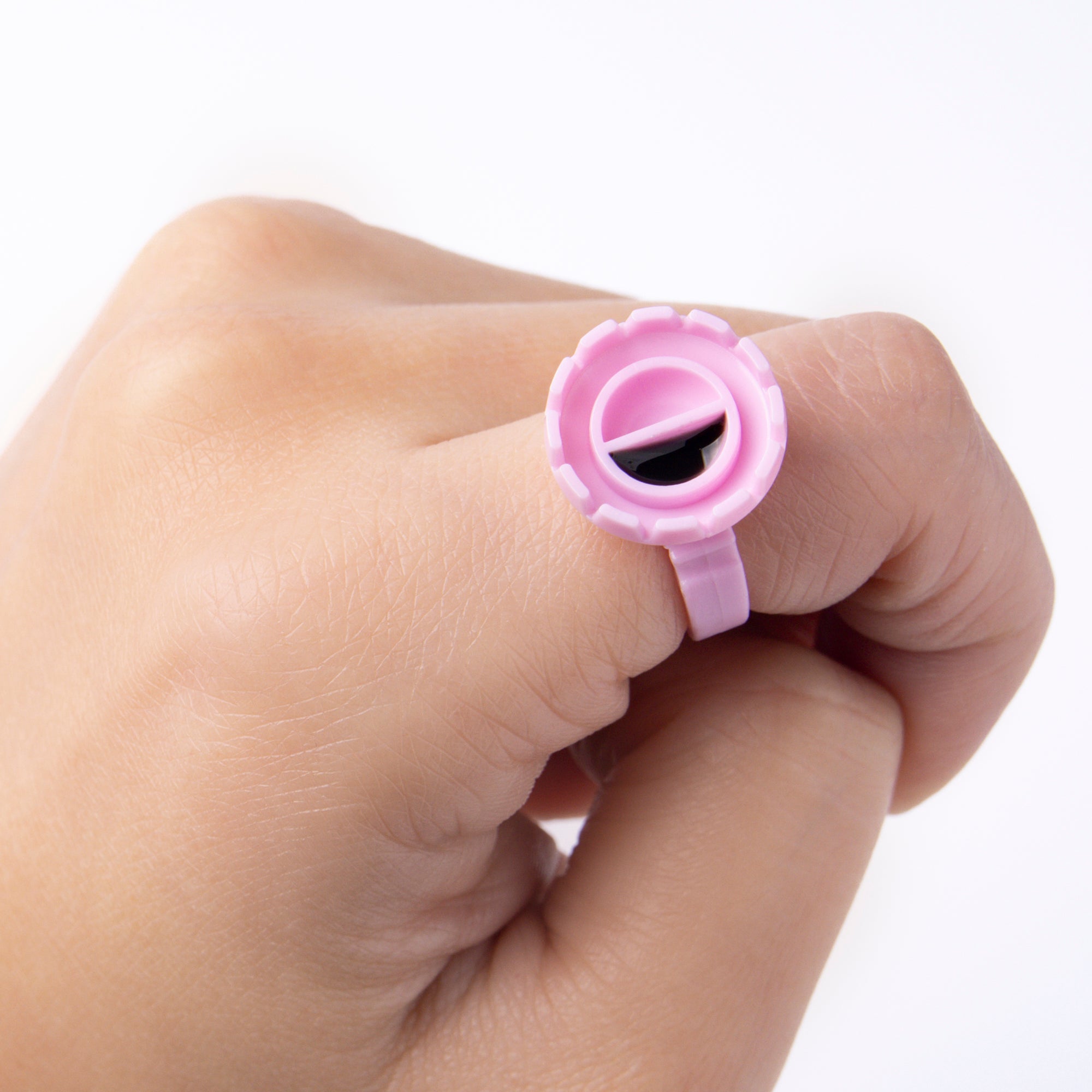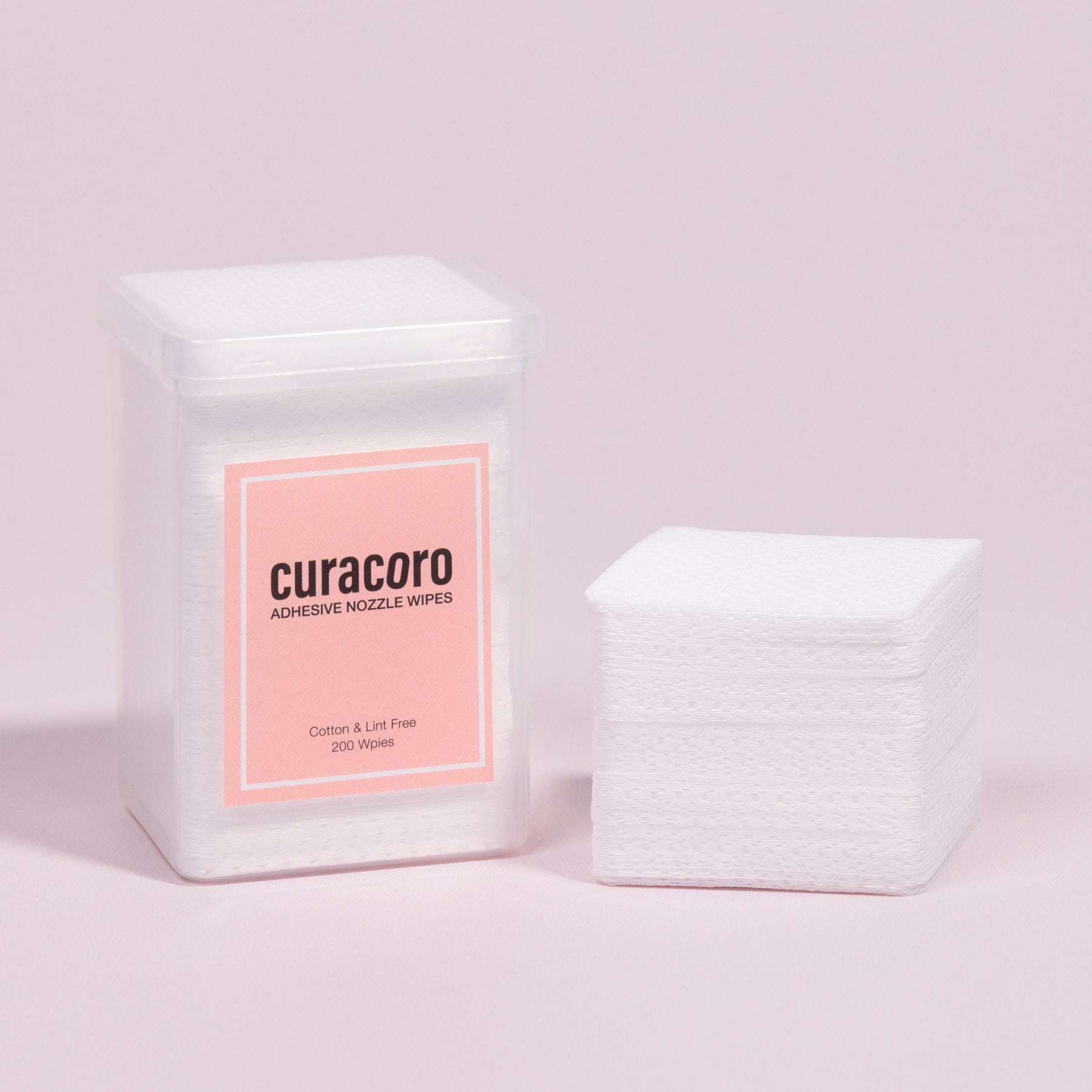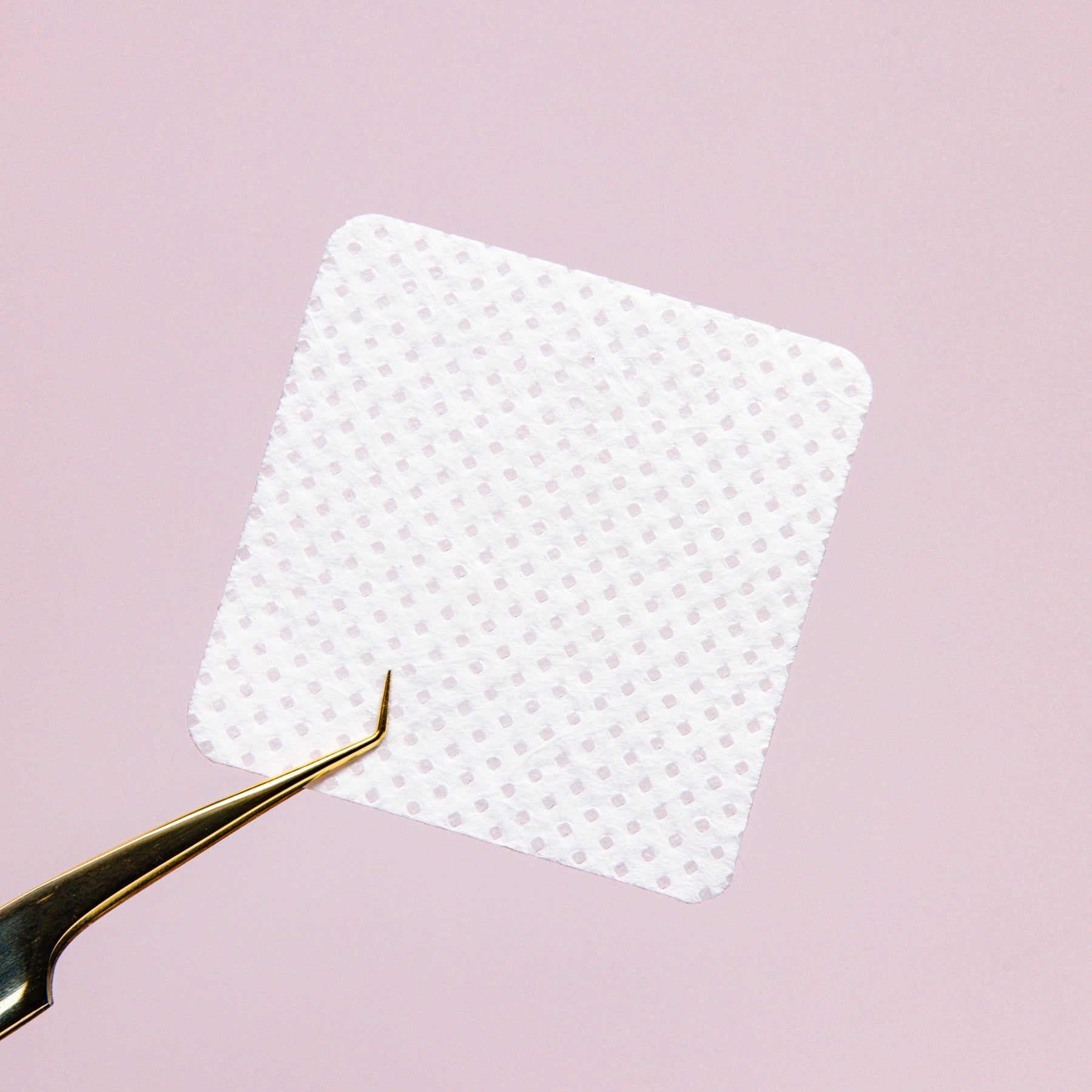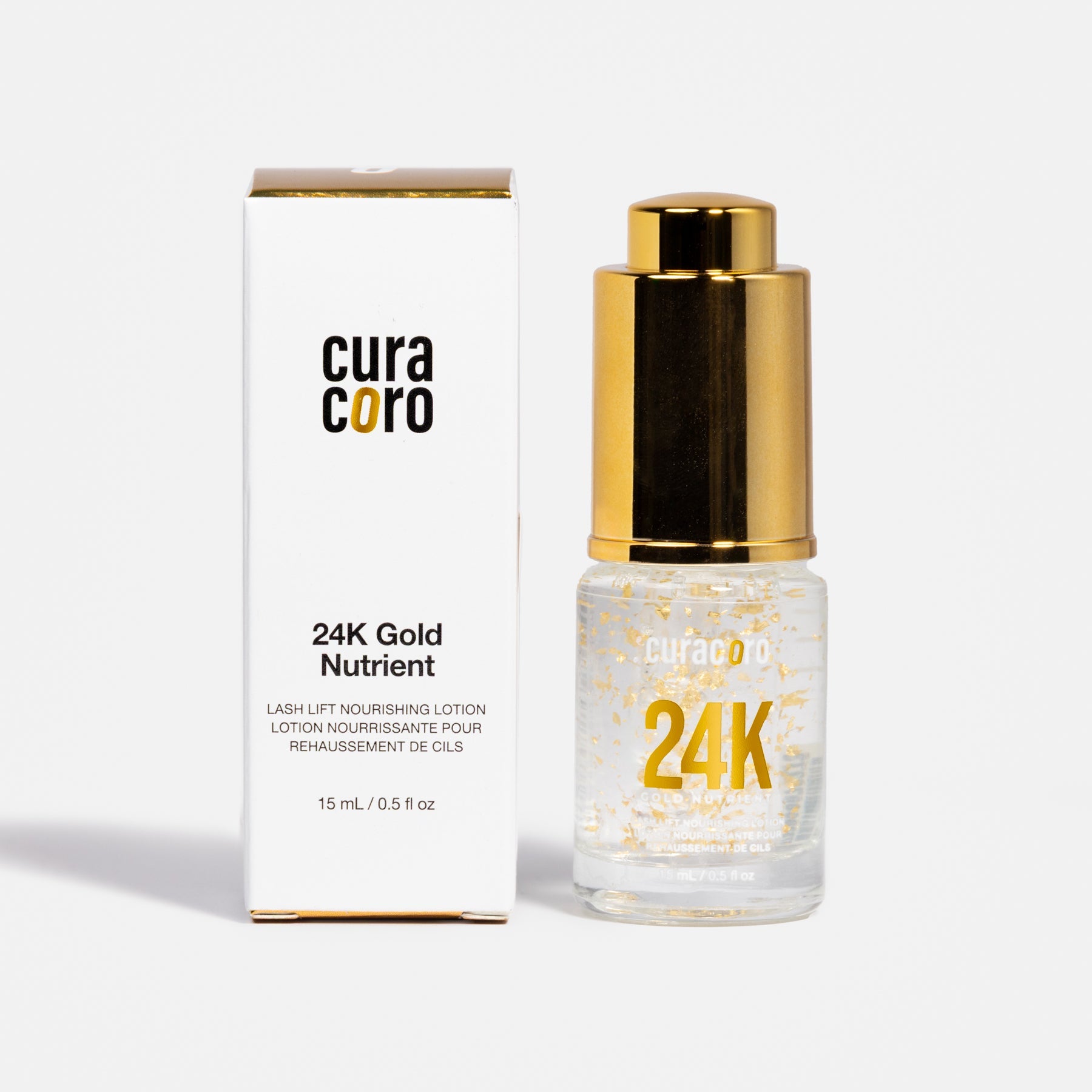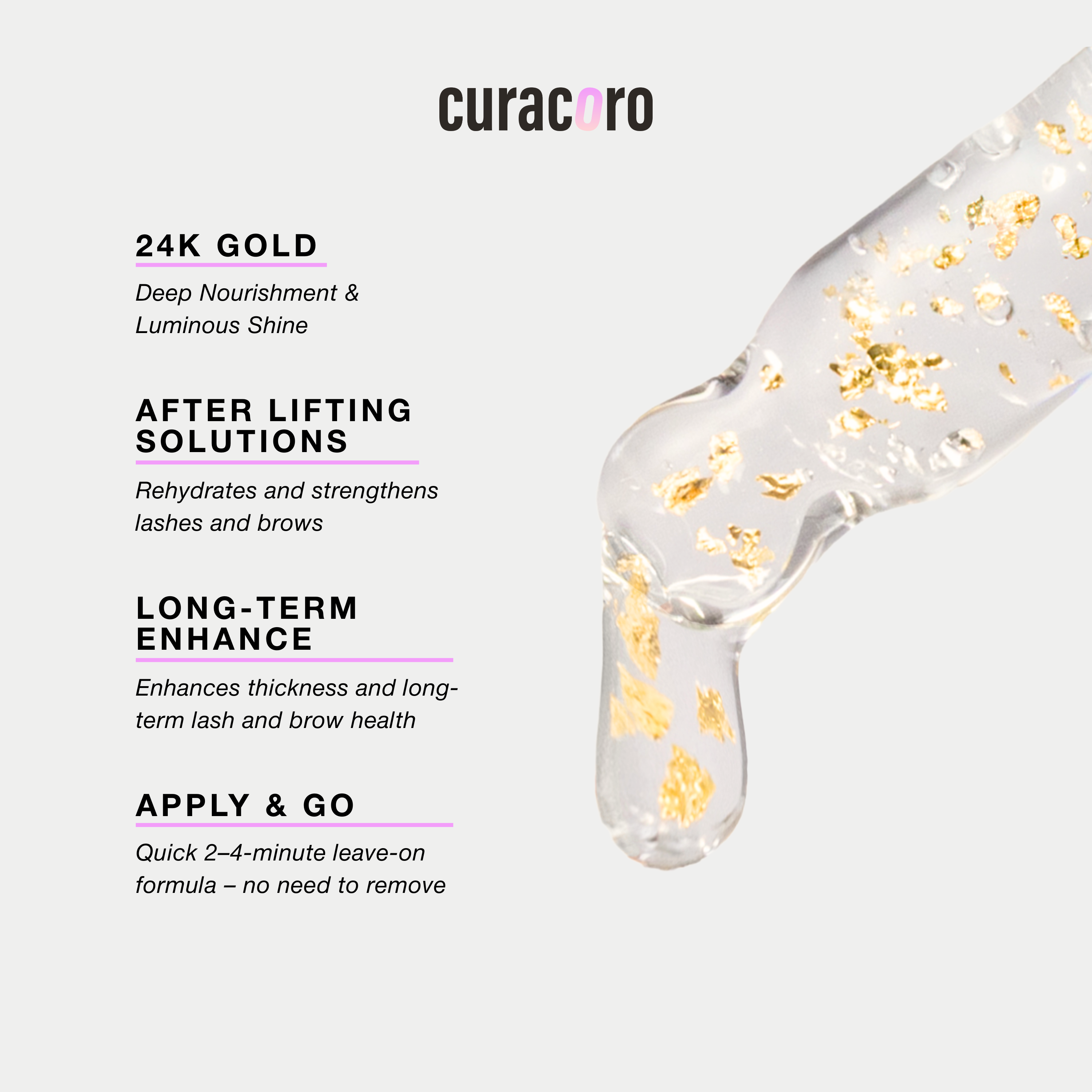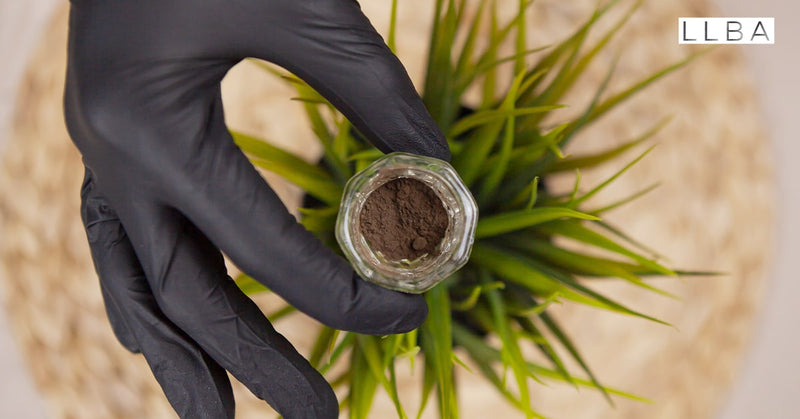
How To Remove Henna Brows Gone Wrong in a Jiffy
Henna brows provide fuller, more well-defined brows while lasting longer than regular eyebrow tints, so it’s no surprise why many of us prefer them. However, once in a while mistakes are made and we need to quickly undo the damage.
But how do you remove accidental mistakes with henna brows?
In this article, we’ve covered everything you need to know about henna brow removers along with DIY solutions.
How To Remove Henna Brow
Henna brows can add definition and enhance the eyes when done correctly. However, if you leave the dye on for too long or not long enough, or apply the henna with an unsteady hand, it can spell disaster.
Here are some ways you can remove the dye immediately or a few hours after application:
Steaming

Steaming the brows within 24 to 48 hours of the botched henna brow treatment can be a highly effective solution for getting rid of the dye. The client should simply hold their face over a steamer, or a bowl full of boiling water, and allow the steam to work its magic.
Past the 48-hour mark, the steam may not get rid of the henna, but it will help the tint fade more quickly.
Saltwater Soak
Soaking the eyebrows in a saltwater mixture is a great way to help get rid of henna. The sodium chloride in the salt can help purge the skin of the dye. A mixture of warm water and Epsom salt is ideal, but table salt works just as well.
Apply the salt water mixture to the eyebrows with a wet cotton pad, and allow it to sit before scrubbing the henna off.
This can be repeated until you’re satisfied with the results.
Henna Brow Remover

A professionally formulated dye remover can be highly effective in getting rid of henna brows. The Brow Henna and Dye Remover is a great way to remove henna residue and correct any accidents.
All you have to do is apply the remover to a cotton pad and wipe the area. Leave it on for up to 10 minutes and remove the excess product with a cleansing lotion. For more precise applications, you can also use a Q-tip instead of a cotton pad.
Antibacterial Soap or Rubbing Alcohol
Antibacterial soaps have high alcohol content, and may also contain scrubbing beads that exfoliate the skin. Using this type of soap to scrub the brow area can be extremely helpful.
Rubbing alcohol can also be applied to the brow area with a cotton pad, and washed off thoroughly with antibacterial soap for added efficiency.
However, the alcohol has a drying effect on the skin, so it’s important to apply a moisturizing lotion or cream after.
Exfoliating Scrub
Scrubbing the skin helps remove dead skin and can also cleanse the pores. Exfoliating can thus help remove henna stains.
You can purchase a ready-made exfoliating scrub from a store, or make your own using a gentle abrasive such as coffee beans and oil.
Olive oil and salt, or coconut oil and sugar are also highly effective in exfoliating and lifting the henna off the skin.
Micellar Water
When applied to dyed brows, micellar water bonds with the henna dye and lifts it from the skin. It is also gentle, so it’s a great way to get rid of henna without damaging the surrounding skin.
Just soak a cotton pad in micellar water and place it over the brows. Let it soak for a few minutes, then wipe the brows clean.
How To Make a Bad Henna Job Less Visible
Henna is a potent dye that can make it more difficult to remove, especially once it has fully dried and set. In such instances, the only solution is to help it fade more quickly and try to mask it in the meantime.
Since henna brows are a semi-permanent procedure, the effects will naturally fade in a few weeks. However, you can expedite the process by doing the opposite of the aftercare tips which are meant to make the tint last longer.
Here are some effective henna brow remover methods:
Apply Bleach
Facial bleaching kits are usually intended to reduce the appearance of hair on the chin and the upper lip, or generally lighten the hair on the face. However, you can also use the product to make henna brows less visible.
Apply a thin layer of facial bleach to the eyebrows, and let it sit for the required time specified in the package instructions. Carefully rinse while avoiding the eye area and you’re good to go.
Makeup

Using makeup can be a little time-consuming, but it’s extremely effective in reducing the appearance of a bad henna brow.
This is especially true if the henna was applied in a sloppy manner. You can use a color corrector or foundation to properly line the eyebrows and make them look neater.
This may add a few minutes to your daily makeup routine, but it can make your henna brows significantly less noticeable.
Baking Soda and Lemon Juice
Lemon juice is a skin-lightening agent. When mixed with baking soda, it can effectively bleach henna brows over time.
Mix two teaspoons of lemon juice with a tablespoon of baking soda and a cup of warm water until you create a paste. Layer the mixture on your brows using a cotton ball and leave it on the skin for a few minutes. Rinse and repeat as necessary. Eventually, the henna will fade.
Whitening Toothpaste
The ingredients in whitening toothpaste have a bleaching effect that can be very useful for making henna brows less dark.
Apply a generous amount of any whitening toothpaste to the brows and massage it in the area. Allow it to sit until the toothpaste is completely dry, and use an old toothbrush to scrub off the paste.
Baby Oil or Hair Conditioner
Baby oil dissolves tints, and is ideal for getting rid of henna. All you have to do is apply the oil to the brows and let them soak for a few minutes before rinsing off.
The same goes for hair conditioners. Applying hair conditioner to the brow and allowing it to soak will help lift the henna and get rid of the dye faster.

Conclusion
Nobody wants a botched henna job but nobody’s perfect either. When accidents happen, it’s good to know how to remove them quickly with steaming, a saltwater soak, scrubs, and more.
In cases where the dye has set in, you can still speed up how quickly the dye fades and mask it with makeup. Though the effects of these henna brow removers aren’t instant, it’s still better than having to wait the standard number of weeks.
Recent Blog Posts

How to Store Lash Products During Winter (Adhesive, Primer & Sealant Care)
Winter is beautiful… but not for your lash products. Cold air and sudden temperature changes can thicken your adhesive, destabilize your lash primer, and shock...
How to Prepare Lash Sets for Cooler, Drier Weather (Humidity, Heat, etc.)
As temperatures drop and the air gets drier, your lash routine deserves a seasonal upgrade. Fall and winter bring cozy vibes, but also low humidity,...
Clover, YY & W Lashes Explained: What Makes Their Base Different (and Why It Matters)
If you’ve been lashing for a while, you’ve probably noticed the buzz around Clover, YY, and W lashes, and maybe even asked yourself why their...



